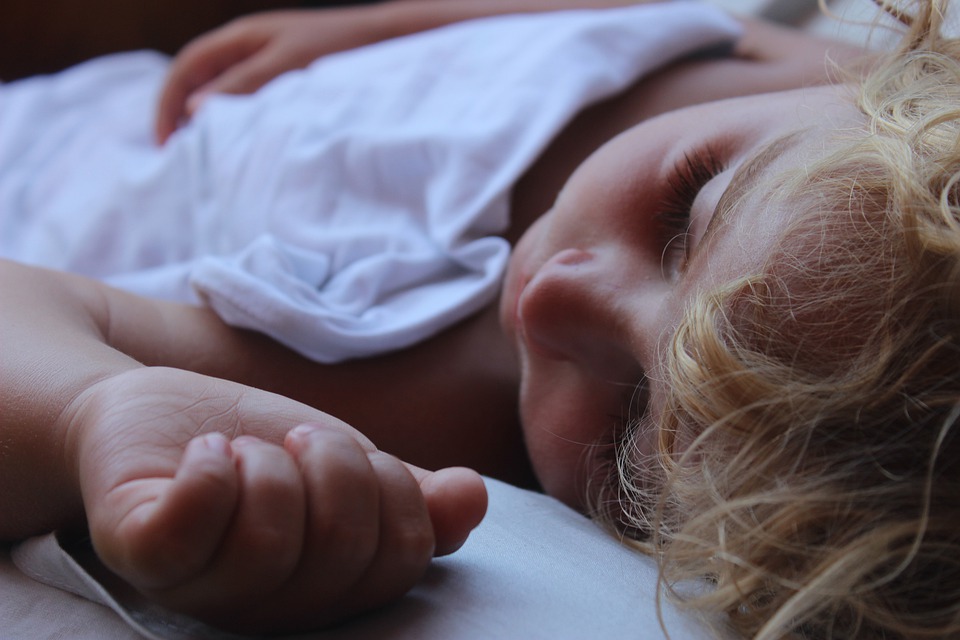There can be many difficulties that come about when you have a child with autism. However, for every problem, there is a solution. Science has been looking into many different types of behavioral therapies to help autistic children with sleep disorders.
The prevalence of these problems in autistic children is about 44% to 83%, making it a cause well-worth looking into. In this article, we are going to take a look at some of the ways that behavioral treatments are used to calm sleep problems in children with autism.
Bedtime Routine
The first thing that you can do is to implement a routine for your child. Most studies will tell you that this routine should start 30 minutes before your child’s actual bedtime to allow them to calm down and relax into the routine.
This routine can consist of a series of events. Most commonly, these events include reading, brushing their teeth, and similar activities. Avoid activities such as cleaning or picking out clothing or activities for the next day as this will cause conflict for your child.
The important thing is that you vary this routine and don’t move it in time each night. You are trying to balance the line between steadfast routine and hard-lined ritual.
Weighted Blankets
Autism is a sensory problem, so a weighted blanket is used to offer a calming effect. The effect is much the same of swaddling a baby – they are warm, safe, and they feel protected.
This is because autism can cause problems with sensory regulation and modulation and a weighted blanket – much like a weighted vest – offers something called deep touch pressure.
Choosing one of these blankets has a simple equation. Just take your child’s weight, multiply that by 10%, and then throw on an extra pound or two to get the weight that your child will need in their blanket. This will provide your child with the weight for deep touch pressure without posing a threat to their safety while they sleep.
Scheduled Wake-Ups
This is specifically used for children that experience night terrors due to their autism. These wake-ups should be scheduled about 30 minutes before your child usually has their night terrors. This only needs to be far enough that the child opens their eyes then you can allow them to go back to sleep.
This should start being done every day for a week. Then skip a day on the second week and two days on the third. Repeat this pattern until you aren’t waking your child anymore and they aren’t having regular night terrors.
However, it might not happen right away. If your child resumes having night terrors, you will need to start the pattern over. Don’t lose hope if you have to start over. It might take a couple tries to calm your child’s night terrors so just be patient.
When you are looking to control your child’s wake up time in the morning, this should be scheduled as well for the same reason their bedtime should be; to keep them in a routine.
Get Your Child To Fall Asleep Without You
This step is hard on parents as you want to help your child as much as you can. There is a pattern to sleep that is natural and just like anyone else, your child might naturally wake up in the night. They must be able to go back to sleep without you having to sit with them or them crawling into your bed.
This might seem harsh but paired with a steady routine, your child will fall into this part of the routine naturally. So, don’t worry, it is natural to want to sit with your child to help them fall asleep but in the long run you are helping them by doing otherwise.
